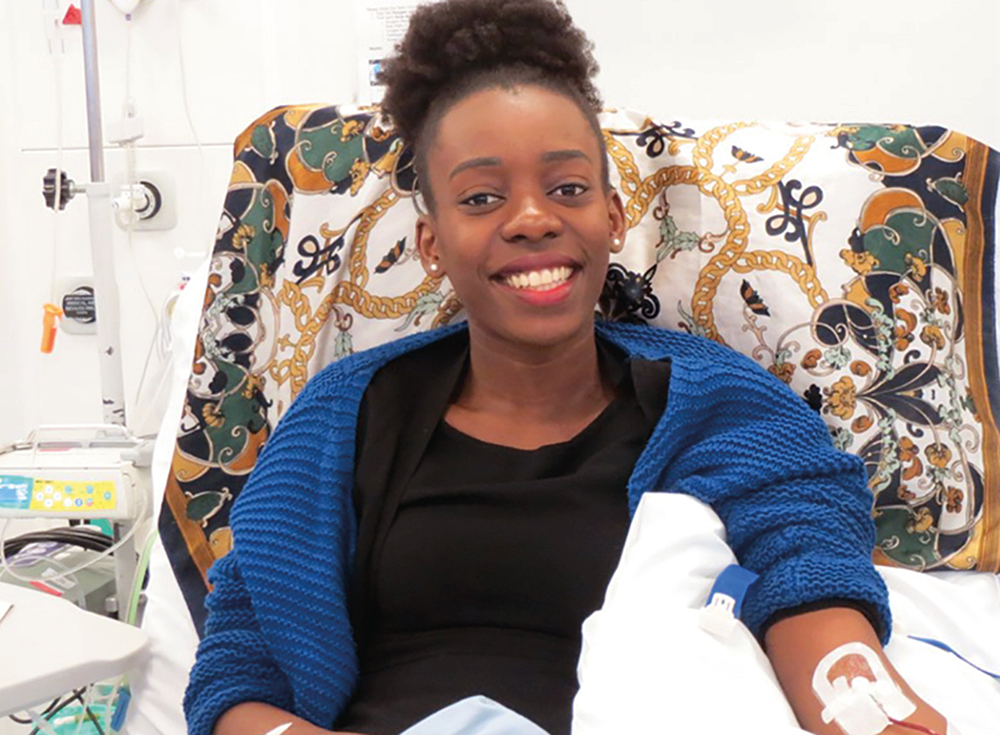
Hammersmith & Fulham residents affected by sickle cell disease are set to get the first new treatment in 20 years after it was approved by the NHS.
Approximately 15,000 people in the UK have the lifelong condition, and almost 300 babies are born with it each year. Sickle cell is an inherited disease, particularly common in people with African or Caribbean family backgrounds, that affects red blood cells.
What next?
The NHS has confirmed that over 16s who experience multiple sickle cell crises a year will be eligible for the treatment once official guidance on its use is published.
Patients will be contacted by the NHS about starting the new drug, Crizanlizumab, and treatment will take place at one of the 10 sickle cell treatment centres set up by the NHS in 2020.
Other treatments for the disease included painkillers, daily antibiotics, and blood transfusions. The only cure for sickle cell is a stem cell or bone marrow transplant, but these are rare.
What is sickle cell disease?
Those with sickle cell disease often have misshaped (sickle shaped) red blood cells. These can block blood vessels and have a shorter lifespan than a healthy red blood cell.
Affected individuals often have an increased risk of catching infections, developing anemia, episodes of pain, strokes, and issues with vital organs.
H&F Cabinet member Cllr Sharon Holder said:
“This is a fantastic breakthrough for the many residents in our borough, including families with young children, affected by sickle cell anaemia. I am all too familiar with the harm the disease causes so this treatment will be such a relief to so many residents.”
For more information, visit the NHS sickle cell disease page or the Sickle Cell Society website.
Want to read more news stories like this? Subscribe to our weekly e-news bulletin.




